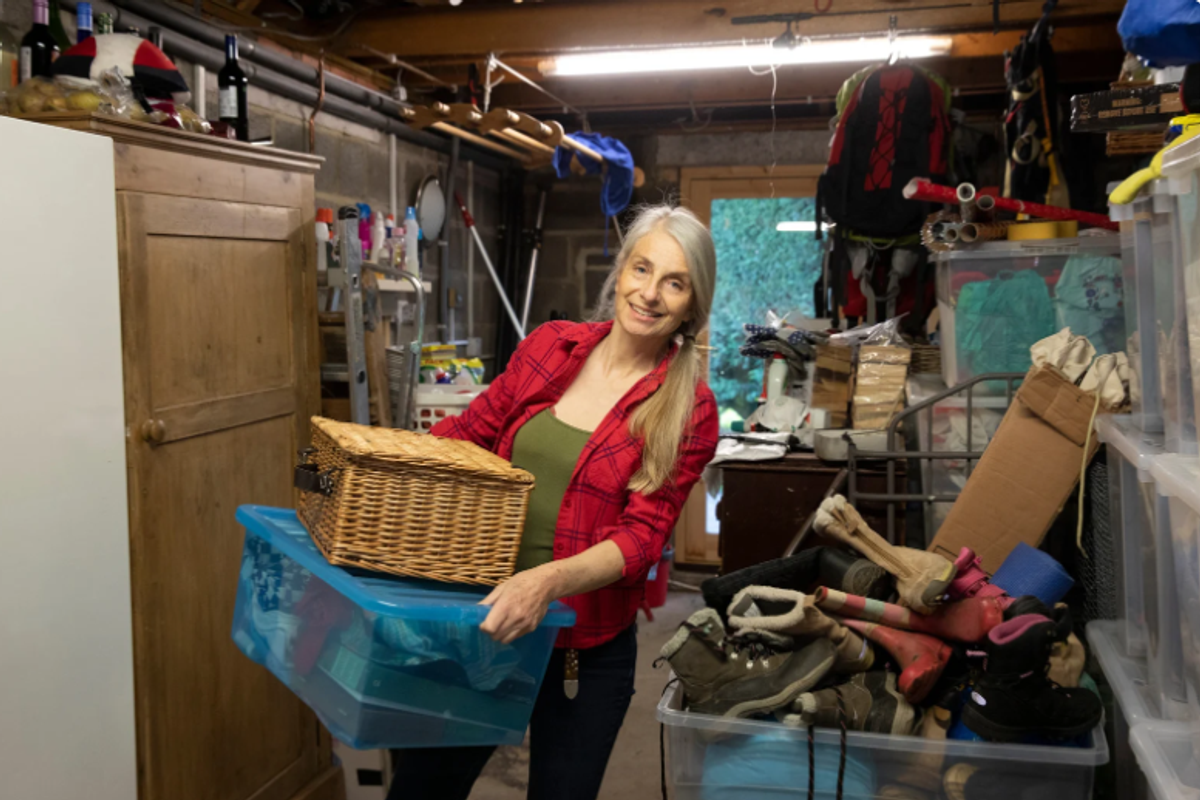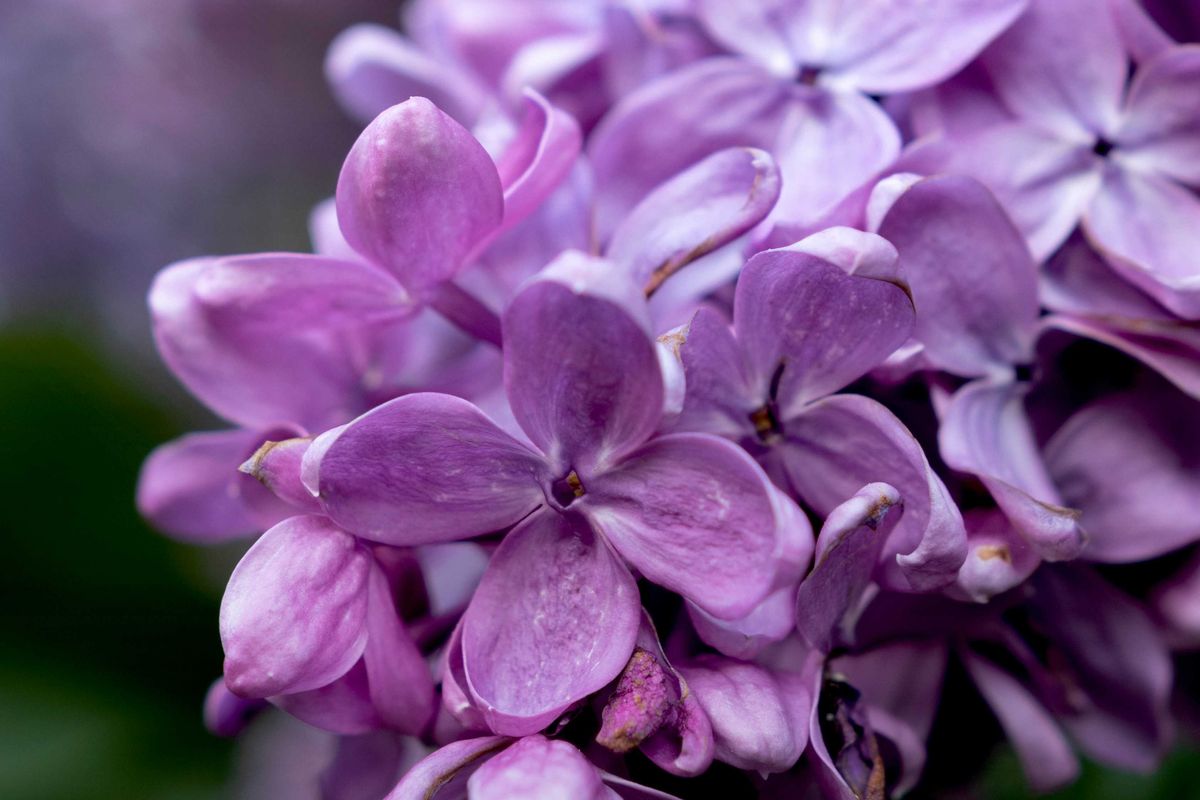Between a plagiarized speech from Melania Trump and Ted Cruz being booed after refusing to endorse Donald Trump, 20-year-old James Villalobos walked around Quicken Loans Arena with his all-access pass and his eyes and ears wide open.
Villalobos scored a correspondent gig to the Republican National Convention after being picked from almost 200 applicants in a nationwide search by Fuse Media and Voto Latino for aspiring journalists to "Crash the Party."
The University of Massachusetts Amherst journalism student and first-generation Latino was hoping to witness the Republican Party finally coming together. What he saw was much different.
Here's what he learned during his week in Cleveland.
1. There was a lack of diversity at the convention.
"Walking around that convention hall, there was very little diversity," Villalobos explained. "With the exception of a few black people, I didn’t really come across any Latinos so that was a bit disappointing because you want to see that representation there." According to The National Review, Latinos — one of the country's largest ethnic minority — account for only 17% of the GOP, and that number is declining.
Photo by Chip Somodevilla/Getty Images.
2. The Trump swag is cringeworthy.
"There are a lot of people taking advantage of the number of Trump supporters present and making revenue off of it," Villalobos said.
There are your run-of-the-mill propaganda items like "Make America Great Again" hats, buttons, and T-shirts, but there’s also an ugly side to the items being peddled, he said. As you may imagine, Villalobos confirmed, there's plenty of anti-Hillary goods for sale — including a disturbing shirt reading "Hillary Sucks, But Not Like Monica." Of course, though, there's sure to be anti-Trump merchandise at the DNC next week as well.
Photo by Robyn Beck/Getty Images.
3. There were plenty of protesters but no civilized exchange of ideas.
"It’s sad we live in a time where we don’t listen to each other," Villalobos said. He saw a lot of anger with people screaming and swearing at each other. Among the protesters that Villalobos saw at the RNC were Black Lives Matter activists, anarchist groups, and the Stop Trump movement.
"My only hope is that we as a country can discuss the issues and together work on solutions," he explained.
Photo by Spencer Platt/Getty Images.
4. The Republican Party may be divided on many issues, but members are united on their dislike of Hillary Clinton.
In spite of the numerous attempts made to present a united front during the RNC, the party of Lincoln still seems pretty divided, according to Villalobos. Ted Cruz's address at the convention and subsequent refusal to endorse Trump by encouraging people to "vote their conscience" seemed to fracture the party even further.
The one thing everyone seems to have in common, though, is their disdain of all things Hillary Clinton. The most popular chant throughout the four-day event, Villalobos said, was "Lock her up!"
We should expect to see Democrats unite at their convention, as well, in their collective disdain of Trump and everything he stands for. This is clearly one of the most polarizing U.S. elections to date.
Image by Joe Raedle/Getty Images.
5. People expressed gratitude toward law enforcement.
There was a very large police presence — understandably so given the devastating attacks and other acts of violence we've seen in the past weeks. What struck Villalobos the most, he remarked, was how the Cleveland community embraced the officers' presence, taking the time to say, "thank you for being here" or "thank you for keeping us safe."
Image by Dominick Reuter/Getty Images.
Villalobos is the only U.S. citizen in his family. His parents and sisters were born in Costa Rica.
When he heard about this amazing opportunity to cover the RNC, he thought it was a long shot. But after a public vote and impressing a panel of judges including Rachel Maddow — the rest is now history.
Seeing the RNC through Villalobos' eyes gives us a unique perspective from someone who's experiencing the political process for the first time.
In four days, Villalobos didn't see himself represented in the RNC. He also witnessed a divisive party, but he achieved what he set out to do. He went. He saw. He conquered. And most importantly for him, he became a better journalist, and that's something we can all benefit from someday.
Read all about Villalobos' journey covering the RNC for Fuse Media and Voto Latino's Crash the Party.





 Stayin Alive GIF by Bee Gees
Stayin Alive GIF by Bee Gees 
 Friends sharing a moment in the sunlit park.
Friends sharing a moment in the sunlit park. Feeling the stress: A young woman holds her head in frustration.
Feeling the stress: A young woman holds her head in frustration. Friends sharing a laugh over coffee at a cozy café.
Friends sharing a laugh over coffee at a cozy café.
 Close up of lilac flowers. Photo by
Close up of lilac flowers. Photo by